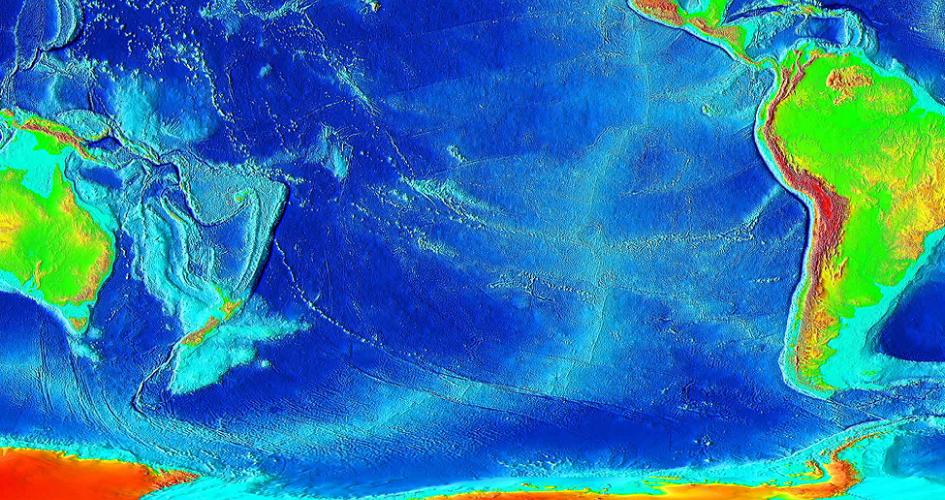
Heat Forces from Earth’s Core Drives Tectonic Plate Dynamics, New Scientific Theory Suggests
It is a time-honored belief that Earth’s Tectonic Plate Dynamics are largely driven by the off-putting buoyancy generated as they cool. But a new study has raised question over this hypothesis and come up with a new theory which suggests heat force generated from earth’s core to be the primary driver of Tectonic Plate of the planet.
In the new findings, a team of geophysical researchers at the University of Chicago have challenges the scientific hypothesis that states Earth’s Tectonic Plate to be driven by the cool forces. As per the new reports, additional heat forces, mostly drawn from earth’s core are responsible for the progression of Tectonic Plate. In the study, the researchers also stated that the submarine mountain ranges called mid-ocean ridges to be the submissive edges between moving tectonic plates of the Earth.
In the latest findings, the researchers revealed that the East Pacific Rise, the most dominant mid-ocean ridge of the earth is active due to the transmit of heat from earth’s core. In addition, they also have shown their strong support for the contribution of a large deep layer of heat-to-plate dynamics in the Pacific hemisphere. According to Rowley, the lead author of the study, “Heat generated from the bottom of the mantle largely contributes to the potency of heat stream in the layer, which results in plate tectonics.”
The researchers also estimate that up to 50% of plate dynamics are being driven by the force of heat, emitted from the core of the Earth. Moreover, between the core and the layer, there are as much as 20 terawatts of heat flow.
The theory of Plate tectonics, since its first implementation in the 1950s, has always been a matter of debate for the scientists. The scientific hypothesis states tectonic plates to move at a speed of nearly 2 to 5 centimeters per year, a speed similar to the growth pace of fingernails. When the plates crash with each other, the situation called transform plate boundary, which can trigger earthquakes. However, when they back off from each other, it is called divergent boundary, which contributes to the burst of lava and volcanoes.
Since centuries, Scientists were in confusion if tectonic the plates are being submissively moved around by the layer, or there are any active drivers who impel the movement of plates. However, the new study, with some new sights and perspectives seems to pave revolutionary paths for scientists.


